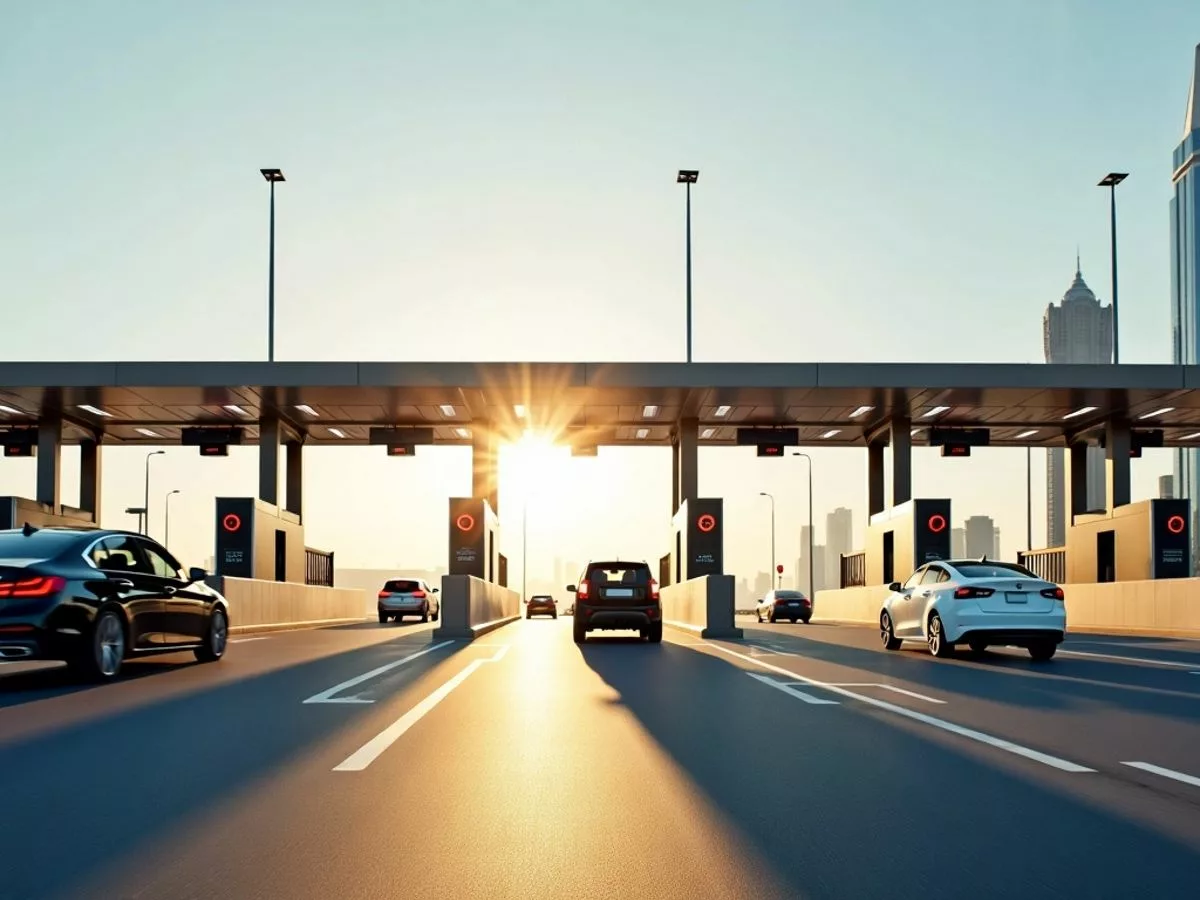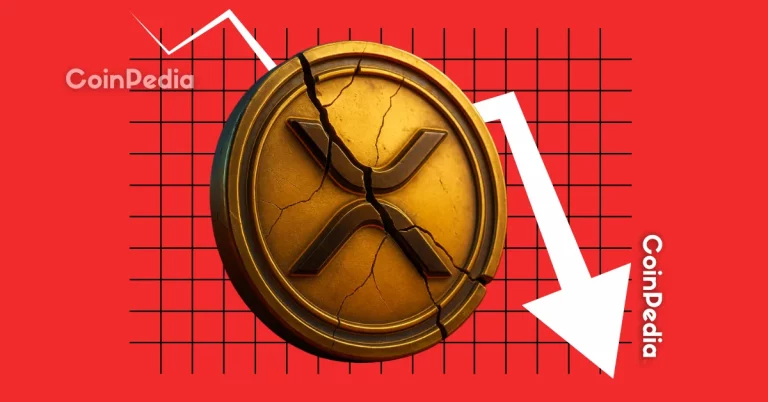
Dubai has officially announced the installation of its tenth Salik toll gate, located in Al Safa South, which is expected to become operational by November. This new addition aims to improve traffic management and reduce congestion on key routes in the city.
Key Takeaways
- The new Salik toll gate is situated between Al Meydan Street and Umm Al Sheif Street on Sheikh Zayed Road.
- The toll gate will utilize RFID technology for automatic toll collection.
- Both new gates will be powered by solar energy, marking a significant step towards sustainability.
- Motorists will only be charged once if they pass through both the Al Safa North and South gates within an hour.
Location and Features
The Al Safa South toll gate is strategically placed on Sheikh Zayed Road, just after the Dubai Water Canal bridge, in front of MedCare Orthopedics and Spine Hospital. The corresponding gate for traffic heading towards Sharjah is located between United Arab Bank and Pupil of Fate Motors.
The toll gates are equipped with silver boards that feature Radio Frequency Identification (RFID) technology, which will automatically detect and scan Salik tags on vehicles as they pass through. Each passage will incur a toll fee of Dh4, deducted from the motorist’s prepaid account.
Traffic Management Benefits
Salik CEO Ibrahim Al Haddad has emphasized that the new toll gates are designed to enhance traffic flow. The Al Safa South gate is expected to reduce right-turn traffic volume from Sheikh Zayed Road to Meydan Street by 15%, redistributing traffic to larger roads like First Al Khail Street and Al Asayel Street.
Similarly, the new Business Bay Crossing gate is projected to decrease congestion on Al Khail Road by 12-15% and on Al Rabat Street by 10-16%. This strategic placement of toll gates aims to alleviate traffic bottlenecks in these busy areas.
Sustainability Initiatives
In a move towards sustainability, both new toll gates will be nearly 100% solar-powered. This initiative aligns with Dubai’s broader goals of enhancing environmental sustainability and reducing carbon footprints in urban infrastructure.
Future Plans and Considerations
While the new toll gates are set to open in November, there are no immediate plans for additional toll gates beyond these. Al Haddad noted that any future adjustments to toll fees or the introduction of new gates will depend on traffic studies and the approval of Dubai’s Executive Council.
Currently, there are eight operational Salik gates across Dubai, which collectively facilitated approximately 593 million journeys last year. The introduction of the new gates is expected to further streamline traffic and improve the overall driving experience in the city.
As Dubai continues to grow, the expansion of its tolling system reflects a commitment to efficient transportation and urban planning, ensuring that the city remains accessible and navigable for its residents and visitors alike.






